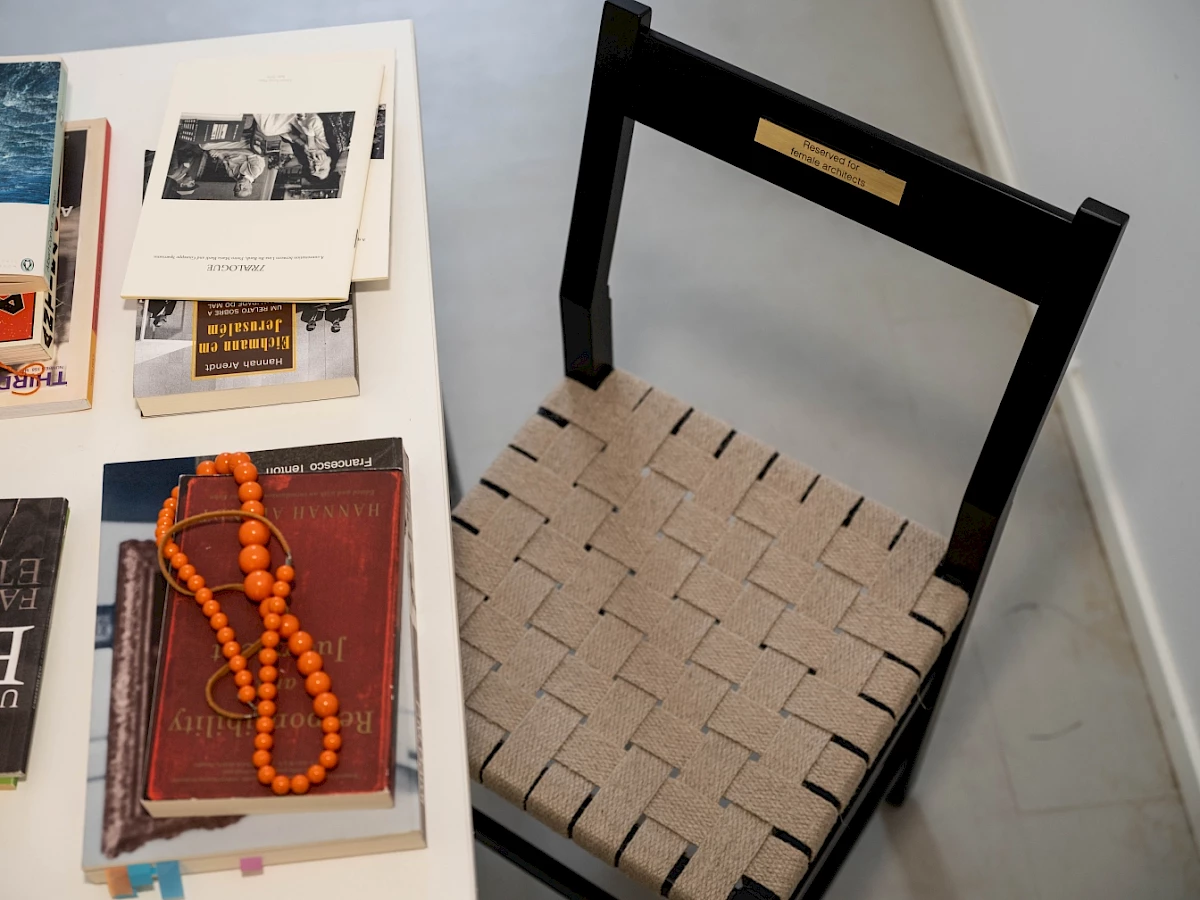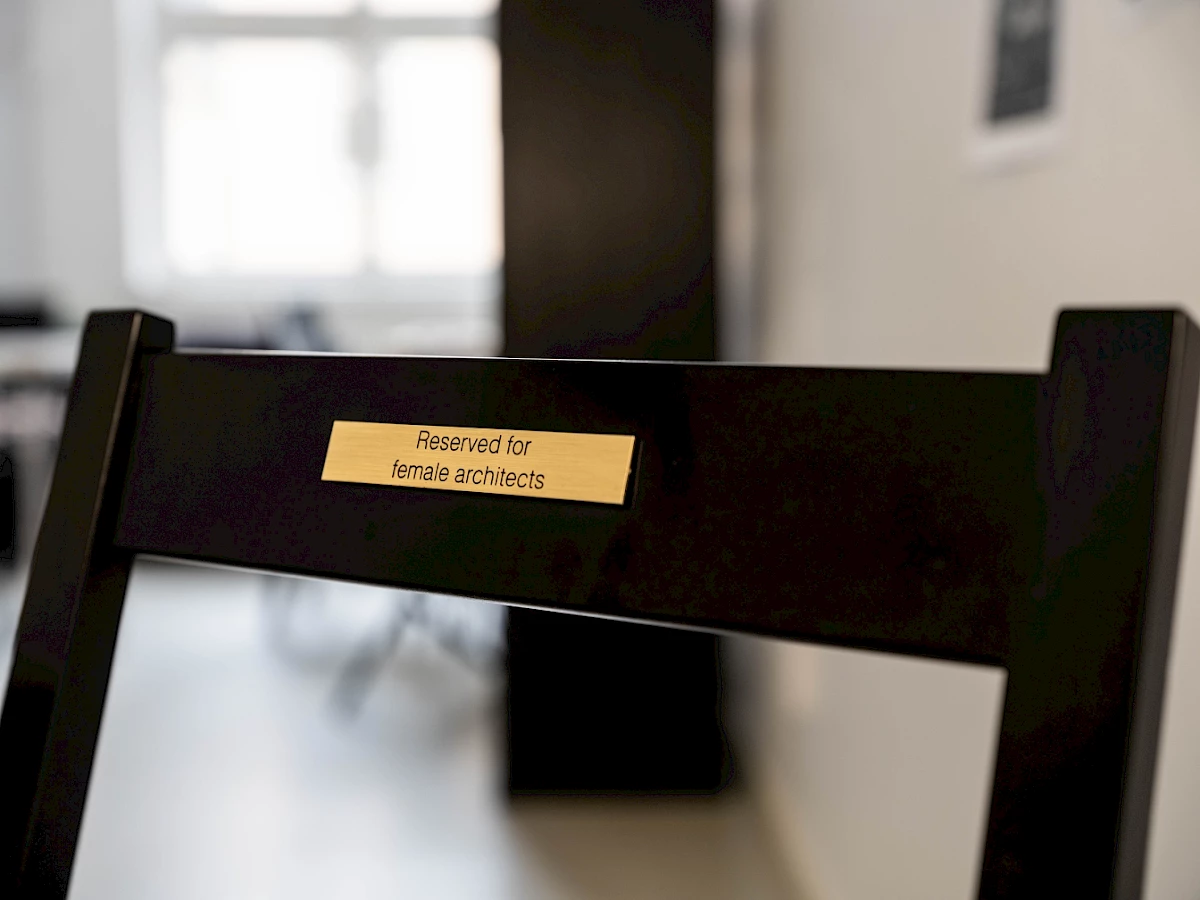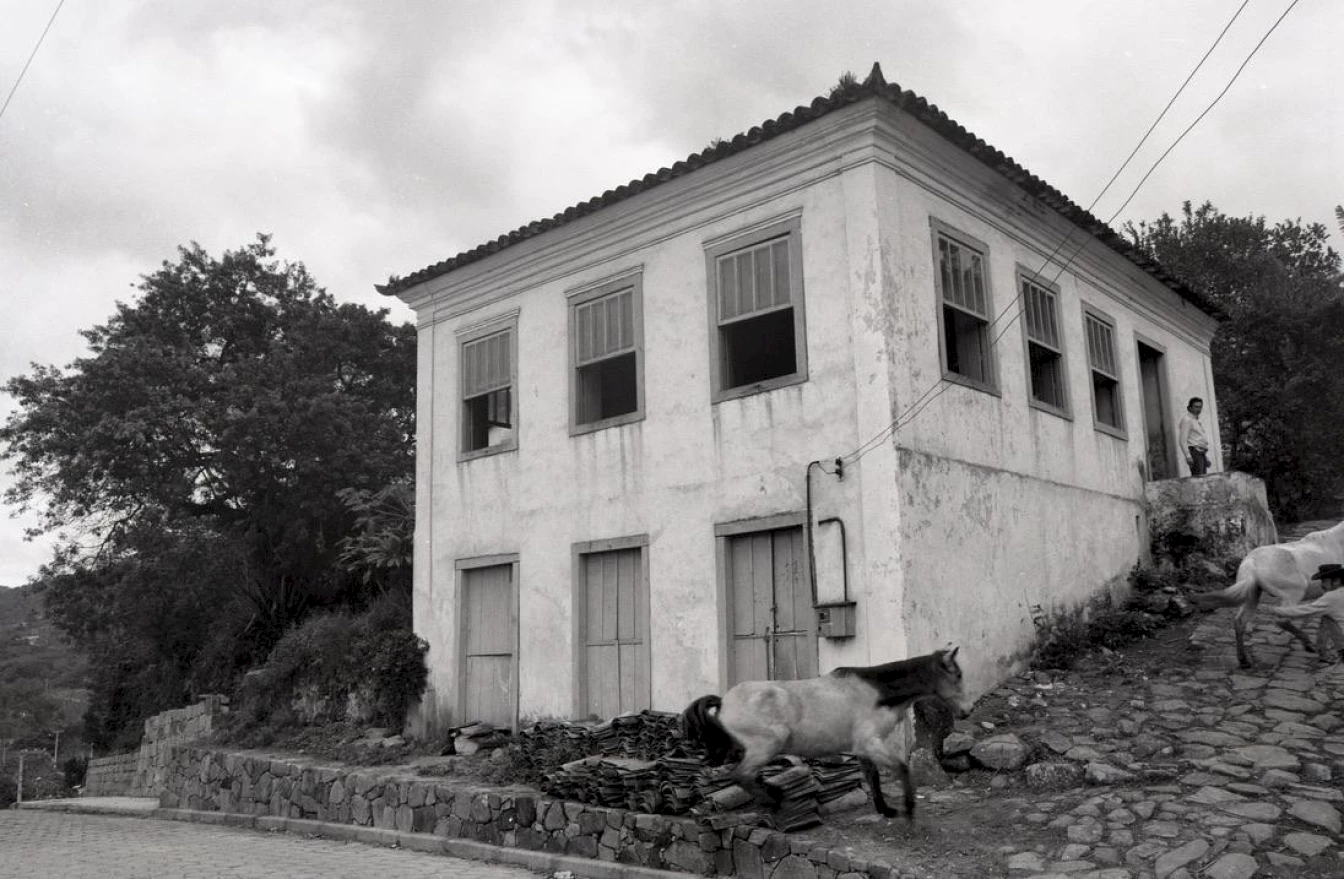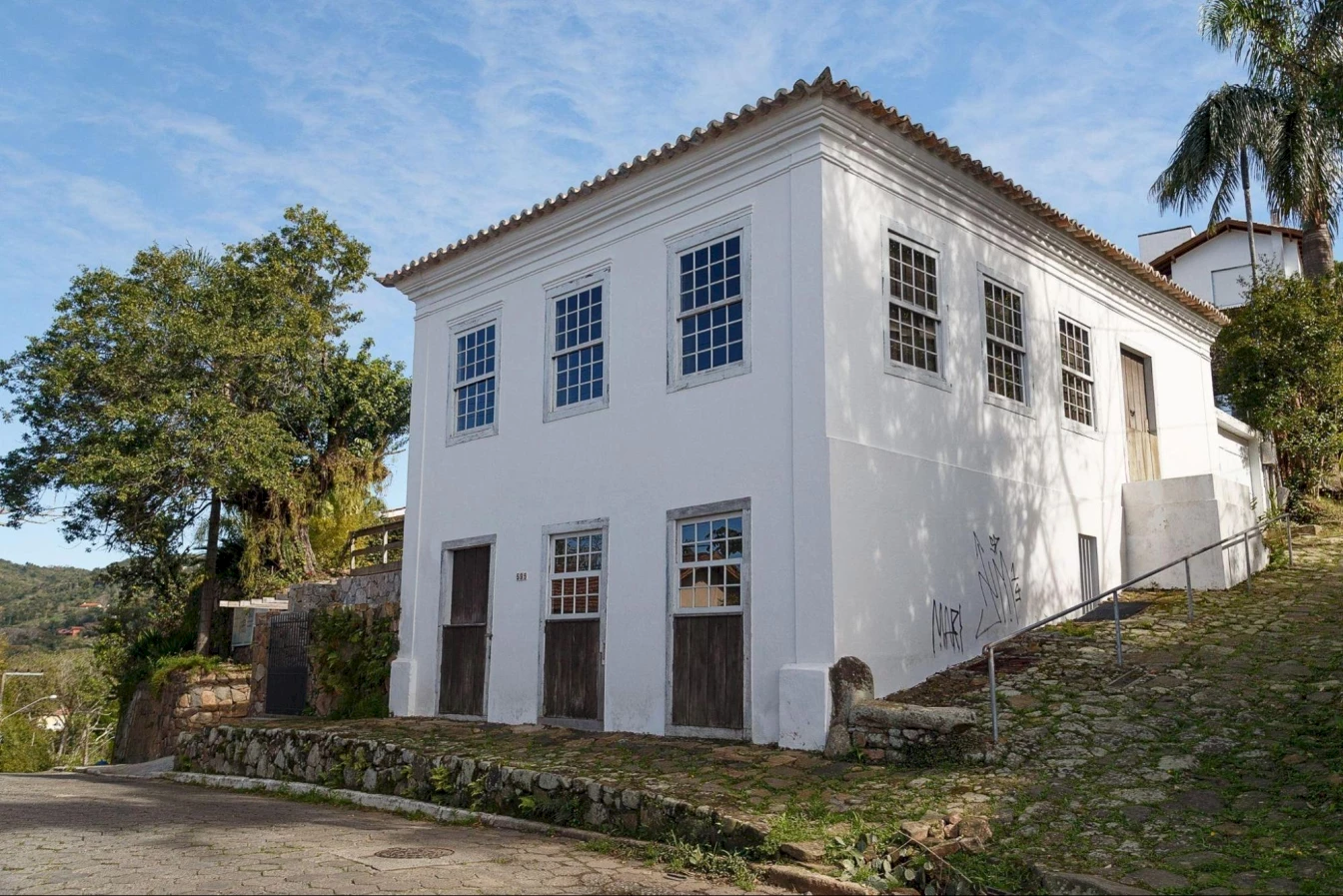A Continuous Conversation between Roberta Burchardt and Tatiana Pinto
Tatiana Pinto: You might know Nelson Sargento’s song ‘Agoniza mas não morre’ (Agonises but does not die). He sings that samba and people rooted in samba culture, especially those from favelas, can be intimidated and threatened with death, but that samba itself will never die.
I found myself in Europe seeking a modern way of living that was imposed on me by a non-acceptance of the Other: the Other’s knowledge, methods, grammar; the Other’s sciences, the Other us. Coloniality and modernity as such put me in a situation of displacement without me realising, which shattered my identity. On the other hand, movement and a shifting position allowed me to rebuild and reinvent this identity in a much broader and more complex way, embracing diversity and pluriversality. I could find comfort in liminal spaces in which to engender myself without having to choose between two poles: ‘exotic’ Brazil and modern Sweden.
It has been claimed that living within modernity is the only universal way forward, annihilating other ways of life by suggesting they are uncivilised, underdeveloped and backward, behind schedule.
I often see Brazil referenced as a place of becoming, of what will be. This continuous becoming doesn’t allow us to be genuinely who we are now, without the incessant phantom of an ideal future being, which never actually comes. This is how I see us Brazilians relating to history – not understanding our past and not being fully aware of our present, in order to build our future. We live in an outstretched hand trying to reach this impossible future, because it is disconnected from who we really are. This relation of past, present and the creation of history is well-articulated in your practice. You offer your inherited Luso-Brazilian house in southern Brazil (Sobrado House, fig. 1, 2) as a site of reflection on how we make history. When you question whether the right to inherit an object/artefact/building means you also own its history, you’re also proposing a new understanding of history.
Roberta Burchardt: My practice, which I work on in dialogue with my mother (the architect, conservator, scholar and writer, Isabel Kanan), reflects upon the idea of being handed down something that has a specific, charged value to a specific, charged history. Beyond that specificity, our practice considers how we are given the option to question what is handed down to us, and how this is understood as a right, but one that can and should be confronted, renegotiated and reimagined. What kind of history does this specific space or architecture have to tell, and how does our private ownership close off the possibility for others to participate, beyond just being visitors to a well-preserved heritage site? It’s important to highlight that the will to preserve this site is in itself both a struggle and a privilege.
The practice meditates on this inherited house and its land; a house listed as national heritage, and that therefore represents material evidence of a specific history that doesn’t only belong to me but to a whole context, peoples, a macro- and micro-history. At the same time, in becoming my research practice, the house allows me to consider the possibilities and meanings of sharing; how by shifting the idea of private ownership towards a space of dialogue, I’m expanding my relation to ‘home’, and to ideas and practices of private and public, and sharing the burden of inheritance as a deflagration of a privilege-based right. The practice also reflects on the vernacular, the material vestige that is heritage, and how we can actively engage with this place and space. Because the vernacular is still there, the material offers a spatial aspect that bridges past and present. The research practice also thinks about memory and atmosphere as personal and communal spheres, understanding place and space as extending beyond one specific historical narrative and its remains.
TP: It is affecting to see your desire and need to understand how your personal history fits and is in dialogue with the history of this house. Which histories are public and which private? Who has the right to own this story? Which history is relevant or recognised? How can you place your personal history within the collective history of an architectural object? These are wistful questions that I can also relate to in my current research and architectural practice, which strives for its own position and relevance. I say ‘wistful’ because the confrontation with my positioning often brings up loss, oppression, erasures and absences that initially sparked melancholy in me.
During my professional trajectory, I went through an existential crisis when I realised my limitations in the male-dominant field of architecture. I’d been trying to understand my position and role as a woman architect in a world designed by and for men, with little space for the participation of women beyond the domestic realm.

Tatiana Pinto, Reserved for Female Architects, 2021, metal plaque. Photo: Jean-Baptiste Béranger.

Tatiana Pinto, Reserved for Female Architects, 2021, metal plaque. Photo: Jean-Baptiste Béranger.
It took years of unease before I uncovered the oppressive colonial structure that continues to control knowledge in order to maintain gender power and authority. My melancholy turned into anger, and I learned from Audre Lorde’s lesson to activate anger creatively. She says: ‘We cannot allow our fear of anger to deflect us nor to seduce us into settling for anything less than the hard work of excavating honesty.’1 As a decolonial feminist architect, I’m now empowered to disobey, to be subversive and to transcend the limits imposed by the colonial matrix of power. That disobedience and subversion is a resistance strategy. Walter D. Mignolo also suggests conviviality, harmony, creativity and plenitude as decolonial strategies. That’s what you’ve been offering with the Sobrado House – a space where conviviality takes place as a means of understanding positionalities and history.
RB: I struggle to characterise, frame or defend my practice according to any specific criteria of decolonization, but if I think of decolonization as a way of doing, a way of life, of being in the world, as a constant practice of depths and traversals, then yes, the practice becomes decolonial in the sense that it situates me. It locates my questioning within a wider context, through a confrontation with what I have inherited, and what I claim to be my right. I can claim certain identities that have been handed down to me, and that offer me the position I hold today, or that I have occupied in the trajectory of my life. And that offer me the ability, tools or privilege to stop and reconsider what my position is and its implications within a wider context.
The fact that my mother and I own this traditional Luso-Brazilian (Azorean/Portuguese-Brazilian) house and its associated heritage gives me (us) the opportunity to question this as a responsibility and as a burden. That is what the decolonial affords: the possibility to see the ambiguity between responsibility and burden, privilege and responsibility, privilege and burden. And how these always come together, much like your idea of the liminal – a space of questioning, action and belonging, but also of discomfort. This possibility to consider my artistic and architectural practice to be decolonial perhaps comes from my questioning of what rights of ownership and inheritance, property and heritage, I should claim.2 By ‘heritage’, I mean a shared history, which places us in different positions in relation to that history – positions of power, knowledge, oppression, privilege. The decolonial has given me a tool to navigate these positions, and to renegotiate my specific body and my affects. Your work is also situated in relation to breaks from and within modern paradigms.
TP: My architectural practice brings such questions and personal struggles into an open space for conversation. And this is how I see this publication – as a collation of conversations with writers, artists, academics and architects, as we try to understand what we mean by decoloniality and demodernization.
At first, I thought a fundamental task in organising this collection was to understand and share the foundations of colonialism and coloniality, so that we would move towards modernism and modernity before approaching de-modernity. This became a long process, twisted from the beginning, as soon as it became clear that we can’t ground these concepts collectively. Each definition is individual, personal and local to each context, taking into account body, time and space.
I remember about ten years ago when I was part of an intense academic environment pursuing my master’s degree in London, every discussion used the word ‘unpack’: to unpack knowledge, unpack concepts, unpack history. It was easy to understand what the word meant and the need to do this, but there was no tool or method to unpack. There were many postcolonial theories but very little discussion, yet alone practices, of the decolonial. The decolonial gaze is the tool for me to unpack, undo, unlearn, through an unveiling of the colonial structures that still exist. While postcolonial theory concluded colonialism, in decolonial theory we still live under colonial structures and from here the unpacking begins, in order to break these structures. I understand the de- words as a deviation from decolonial: de-modern.
RB: ‘There is no modernity without coloniality,’ as Aníbal Quijano puts it.3 Within this logic, we deal with the de-modern as itself undoing coloniality, which is paradoxical.
What needs to be undone is an important starting point. Modernism as a progressive force in architecture is difficult to undermine: the question, ‘how one can be against rationality?’ is part of a steady backlash. How can we then speculate on demodernization, and what can we do from this position of questioning? Demodernization involves acknowledging vulnerabilities that traverse architecture, epistemologies, nature and health. It’s an educational, pedagogical searching of the imbalance between the discourse of decolonization/demodernization and the reality of what’s practiced in the arts, cultural institutions, and the academy, and in our ways of perceiving and intervening in the world around us.
There is a way of understanding the de-modern as something backward. But undoing the modern doesn’t mean projecting backwards. When we talk about heritage, for example, about the past, the vernacular; this idea that the modern suddenly locates us in a specific time span or timeline – it’s a modern timeline. We accept the modern as ground zero, the starting point, the moment things begin to exist within a specific set of principles. Sure enough, within the western concept of time, we are walking towards a progression that ultimately leads to death; a very specific beginning and end. The de-modern undoes this flat, linear timeline, letting us inhabit a myriad of other forms of time and ways of life, both as a revisiting of worlds constructed before our times and as a continuous construction of possibilities.
The possibility for other temporalities is something we touch on with the matéria (material) and atmosphere of the heritage object, and that has been referred to as ‘performativity’;4 meaning the potential for affective relationships with ancestries or cosmologies that influence the here and now.
TP: Something I’ve grown to understand from our discussion is that tradition is not diametrically opposed to modernity. Modernity is easily placed in this false dichotomy, which casts the term in a completely non-generative modality. Demodernization does not and must not mean returning to previous concepts of living and doing. Modernity is something that evolves, that is not static but a state of being – in movement and transformation – as is tradition. When we understand tradition as being in constant motion in relation to our times and spaces, we free ourselves from its precepts and understand its core values. Paradoxically, tradition is much more linked to our current times than modernity, being something that always projects itself into a future that never comes.
RB: In terms of contextualising modernism and the de-modern, we have to look both ways. As much as modernism appears as this supposedly universal language, universal infrastructure, we need to acknowledge the specificity of context. The dialogue is local, intimate; it doesn’t reject exchange between different contexts, which is healthy and necessary. These specificities are also what will support us through our practice. Internal and local discussions, in an effort to nurture our home, in the sense of our space of practice. Knowledge produced in this intimacy can then become shared and can strive to find parallels in structures beyond its specificity.
When local questions are used as tools, their destabilising radicality pulls at the roots of things.5 Making the space of colonial imbalance we inhabit ever explicit and present, ‘we allow for markings to be made visible as an ethics of seeing, finding ways to represent what is still quite difficult to see, and not seeing things fully, but seeing things as they are – walking towards a polyphonic view.’6
In attempting to take modernity’s form and relay it beyond the colonial/modern affective paradigm, we allow ourselves to shift focus, opening it up to reimaginings and reinterpretations that potentially disrupt the systemic structures of institutions – architecture and modernism included.
There was a moment in conversation with Isabel, when we realised that the practice, the house, was always sitting with us, at the dinner table, at parties, conferences, whether or not it had been invited. This meant that the intimacy of the trouble, the burden, was always with us. I realised then that the work, the practice, was coming out of different spheres and systems of knowledge, generating different spaces, here, there and elsewhere. In many ways, the domestic aspect of the house reflects our possibility to generate the intimate conviviality we propose within its structure, elsewhere. The fact that we are women of two generations, thinking and doing this together, indicates a matriarchal liberation of care as an affective practice that fosters sustainability, not vetted by publicness but by:
an ideal between private and public, where feelings and affections maintain the same trust and care, in our private conduct as in our public actions. Proposing a listening in to architecture and history, as entities that have prerogatives. Until we begin listening, inhabiting them as spaces for learning, we will not see them for anything more than mere consumption for our own needs.7

Sobrado House, Lagoa da Conceição, Florianópolis, Santa Catarina Island, Brazil, late 1980s. Photo: Guto Sisson.

Sobrado House, Lagoa da Conceição, Florianópolis, Santa Catarina Island, Brazil, 2020. Photo: Eduardo Beltrame.